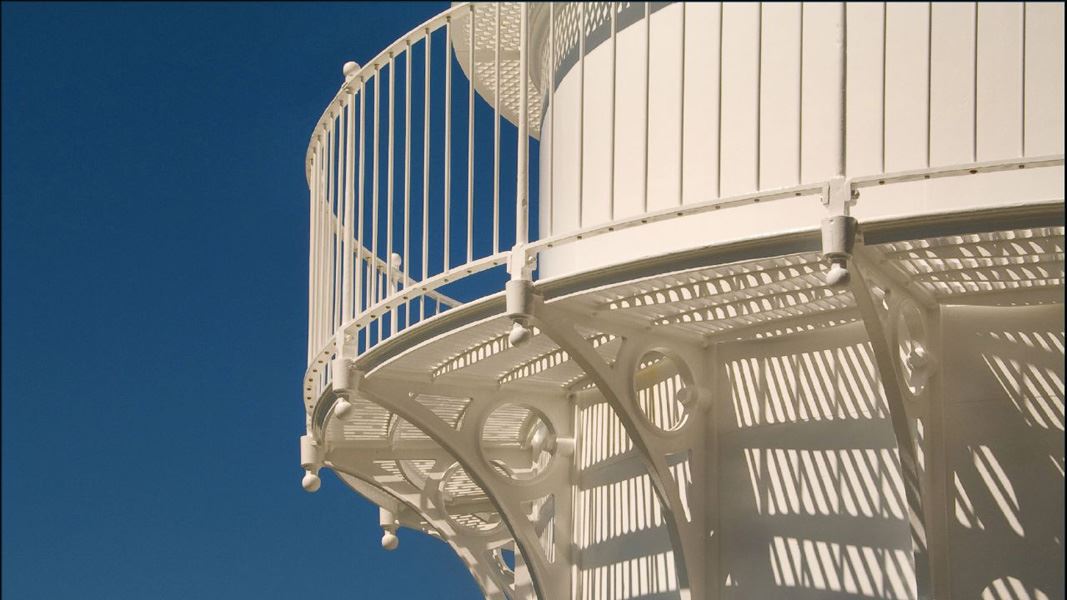Cape Brett has a 1000-year heritage of signalling sailors incoming to New Zealand. For Māori first arriving in Aotearoa, the dawn light reflecting off the sheer cliffs of Rakaumangamanga helped guide their waka to a safe landfall in their new home.
More recently, from 1910, the Cape Brett lighthouse has lit and protected the coast for all seafarers, and continues to do so today.

This is a Tohu Whenua heritage site. Located in stunning landscapes and rich with stories, these sites offer some of our best heritage experiences.
Image gallery
Rakaumangamanga, which stretches back into Te Pēwhairangi (the Bay of Islands), is of particular spiritual and traditional importance to Te Tai Tokerau (Northland) Māori. The light reflecting off the crystalline rocks below helped guide the earliest ocean voyagers to a safe landfall in this new homeland.
The Cape Brett lighthouse is noted for its spectacular cliff top location. It operates using a giant clockwork mechanism and is the last complete example on site in New Zealand. Visitors from Paihia arrive by walking (8 hours), or water taxi (35 minutes), or both, and can experience the lighthouse lifestyle by overnighting in the keepers cottage now repurposed as a DOC hut. See Cape Brett Hut.
The Cape Brett lighthouse was first lit on 21 February 1910 under the watchful eyes of Robert McIver (Principal Keeper) and Frances Earnest Lee (Assistant Keeper). The light proceeded to act as a guide to vessels for the next 68 years until the tower was decommissioned in 1978. A replacement light still functions here today.
Constructed at a cost of £11,237 3s 5d, this light was unique in that it was the first light of three in New Zealand to utilise mercury bath technology. The smooth Mercury surface allowed the light to revolve with less resistance at a rate of two flashes every 30 seconds with a visibility of up to 48 km away. It is built of precision cast iron segments manufactured in Thames, New Zealand and fitted together on site. It was seen at the time as proud expression of technical expertise.
The more than 100 keepers who looked after the station over its lifetime not only acted as lighthouse keepers but also as postmasters, weathermen, butchers, gardeners, carpenters, painters. And as the general fix-it men the majority were also family men.
Watch a video
Guardians of the Light - NZ On Screen. This documentary pays tribute to New Zealand's extraordinary lighthouse keepers.

This is a Tohu Whenua heritage site. Located in stunning landscapes and rich with stories, these sites offer some of our best heritage experiences.
